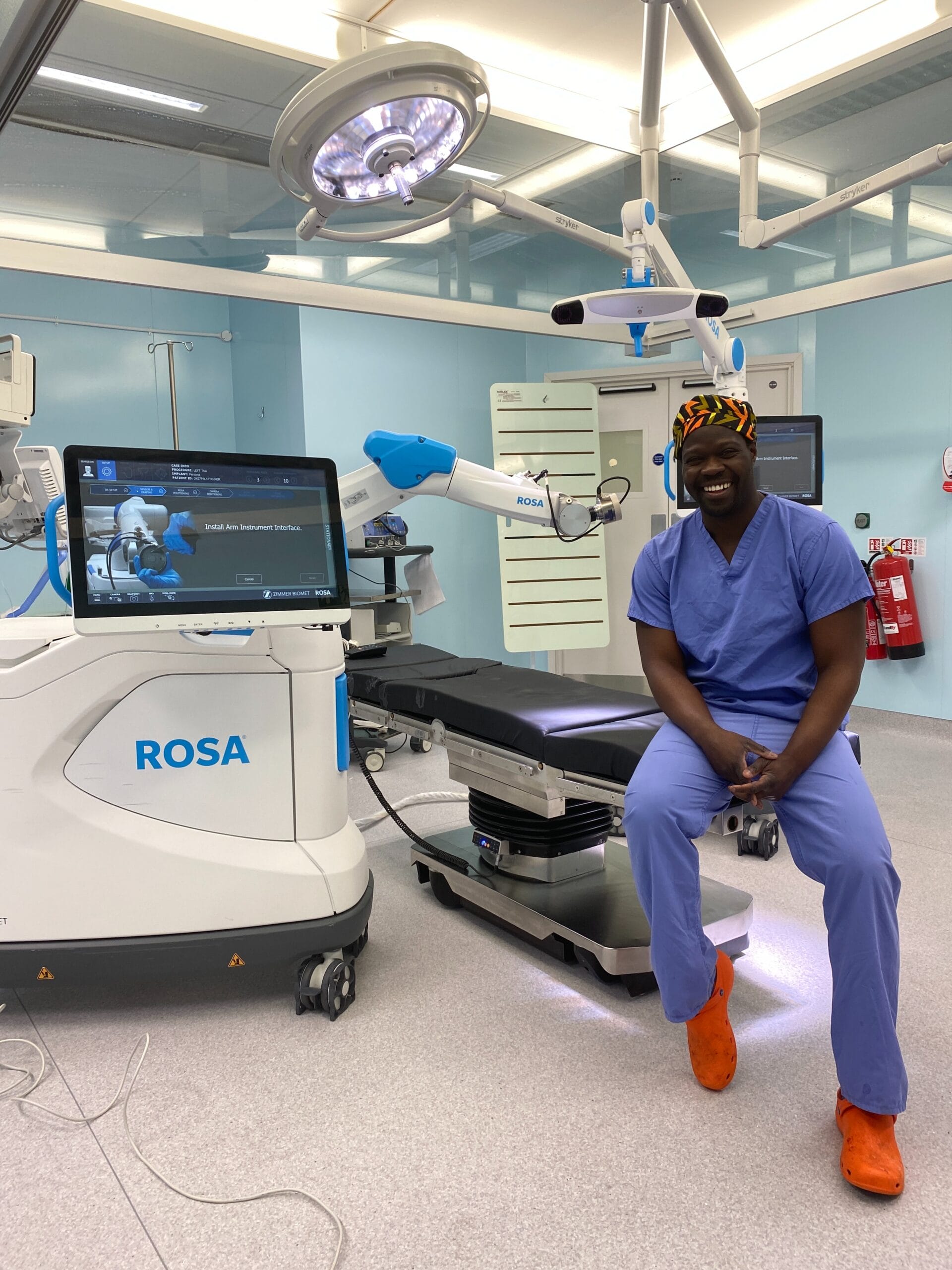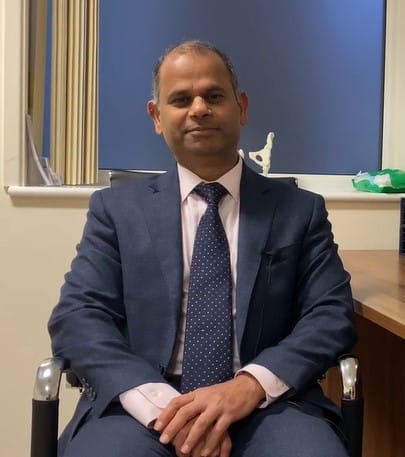What is Osteoarthritis?
Osteoarthritis (OA) is a condition that affects the joints. It is when the surface of your joints get damaged which prevents the bones of that joint from moving smoothly.
In severe osteoarthritis the cartilage that covers the ends of the bones can become damaged and thins causing the bones to rub against each other resulting in pain. OA can affect any joint, but it most commonly affects the large weight bearing joints such as the knee and hip, but can also commonly be found the neck and back.
Risk factors for osteoarthritis
- Age – the onset of OA is usually in the late 40’s and is more common in the older population.
- Genetics – There is some evidence to suggest OA can have a tendency to run in the family
- Obesity – Being overweight puts a higher demand on the joints and is certainly a risk factor to predispose you to early onset OA
- Joint injury – A significant injury may increase the likelihood of developing OA in that joint later.
- Joint disease – diseases like Rheumatoid arthritis may cause damage leading to OA.
What are the symptoms of osteoarthritis?
The symptoms of this condition will depend upon the severity of the condition but they may include:
- Pain
- Stiffness
- Swelling of the joint
- Crepitus (crunchy grinding sounds from the joint)
Is there anything I can do to help myself?
There is currently no cure for OA but it is possible to manage and improve the symptoms.
Exercise – it is important to keep your joints moving to prevent stiffness and strengthening the muscles will help to protect the joint and make it more stable. Simple exercises such as sitting in a chair and straightening the knee will help to strengthen the quadriceps (thigh muscle). Other strength exercises include moving from sitting to standing and climbing the stairs. Aerobic exercise will improve health and well-being as well as reduce pain through the release of endorphins. Swimming and cycling are great form of exercise to increase the heart rate and burn calories without putting the joints under large amounts of stress. Read more on the benefit of exercise on Osteoarthritis here.
Weight management – losing weight through the combination of a balanced diet and exercise will help you to lose any excess weight and reduce the stress to the affected joint.
Medication – A number of medications will help with the symptoms of OA. Your pharmacist or GP can advise you on paracetamol and some other tablets or creams to manage the pain.
Glucosamine – There is much debate as to whether these complementary medications are effective with some literature supporting their use saying that it may improve the health of the damaged tissue. Other studies show no benefit form the supplement.
Helpful tips for osteoarthritis
- Use a walking stick to reduce the stress to the affected joint.
- Instead of carrying shopping in carrier bags, use a trolley to transport your shopping.
- Use a heat pack and apply it to a painful joint to help reduce some of the pain and stiffness. *Don’t apply directly to the skin.
What makes Horder Healthcare unique
Horder Healthcare is committed to providing the very best quality of care for our patients and customers. We are continuously working on improving and reducing risks and this is reflected in our consistently high CQC results, patient satisfaction questionnaires and minimal levels of infection.
We are a charity
We reinvest our profit to benefit more people and help us achieve our aim of advancing health.






